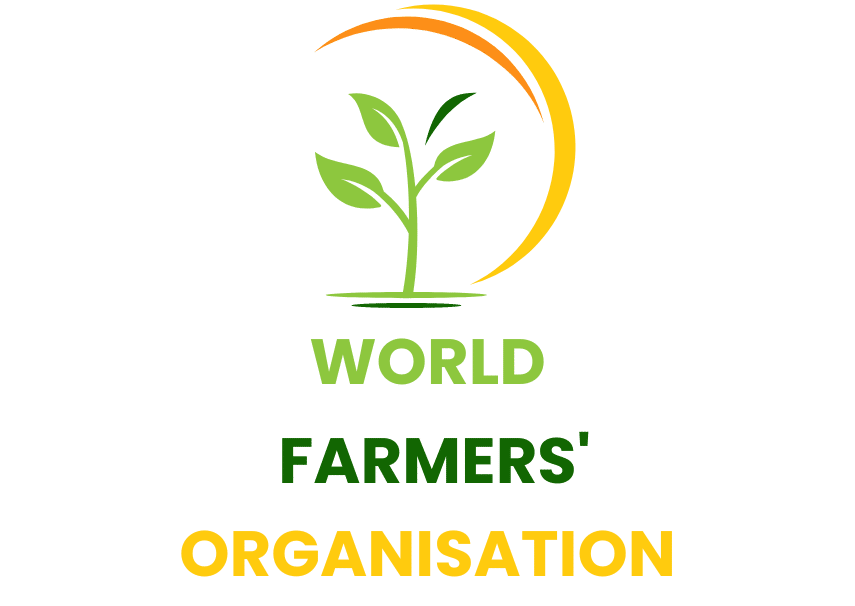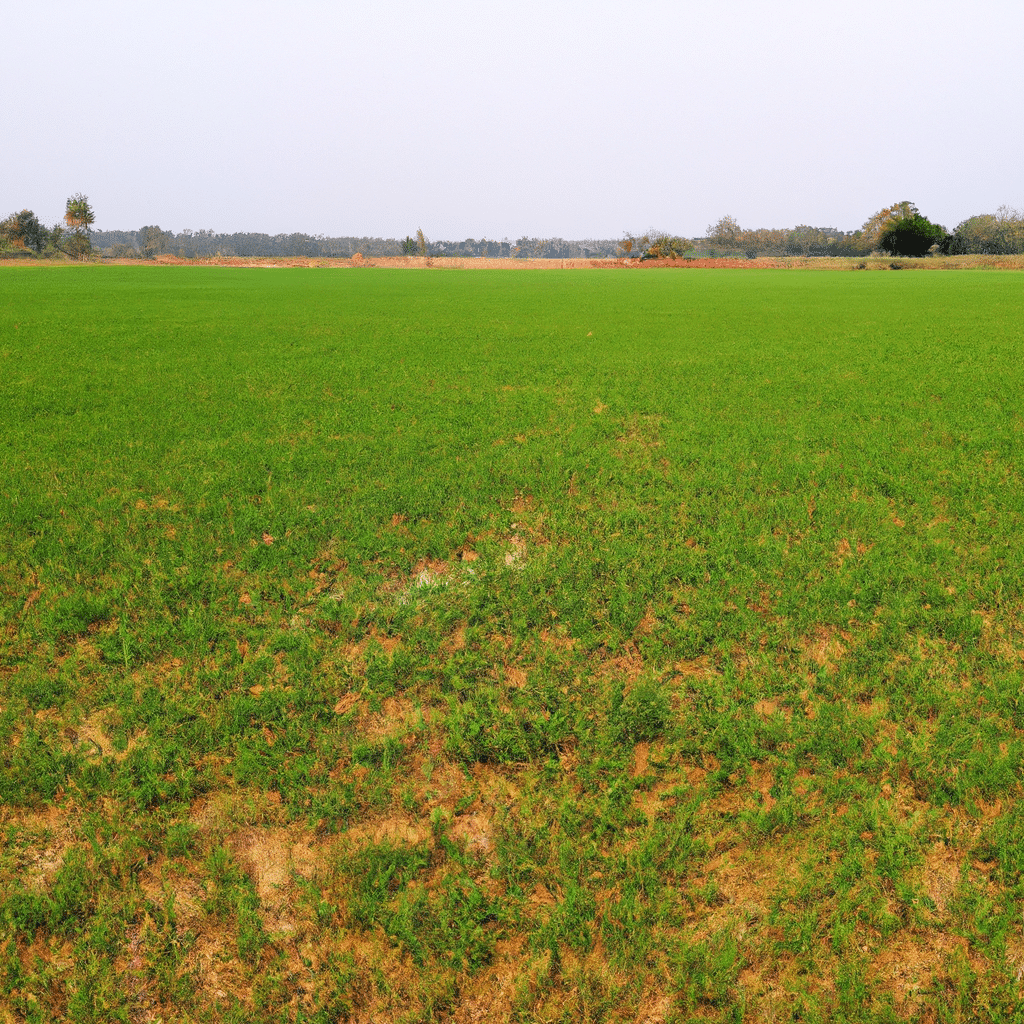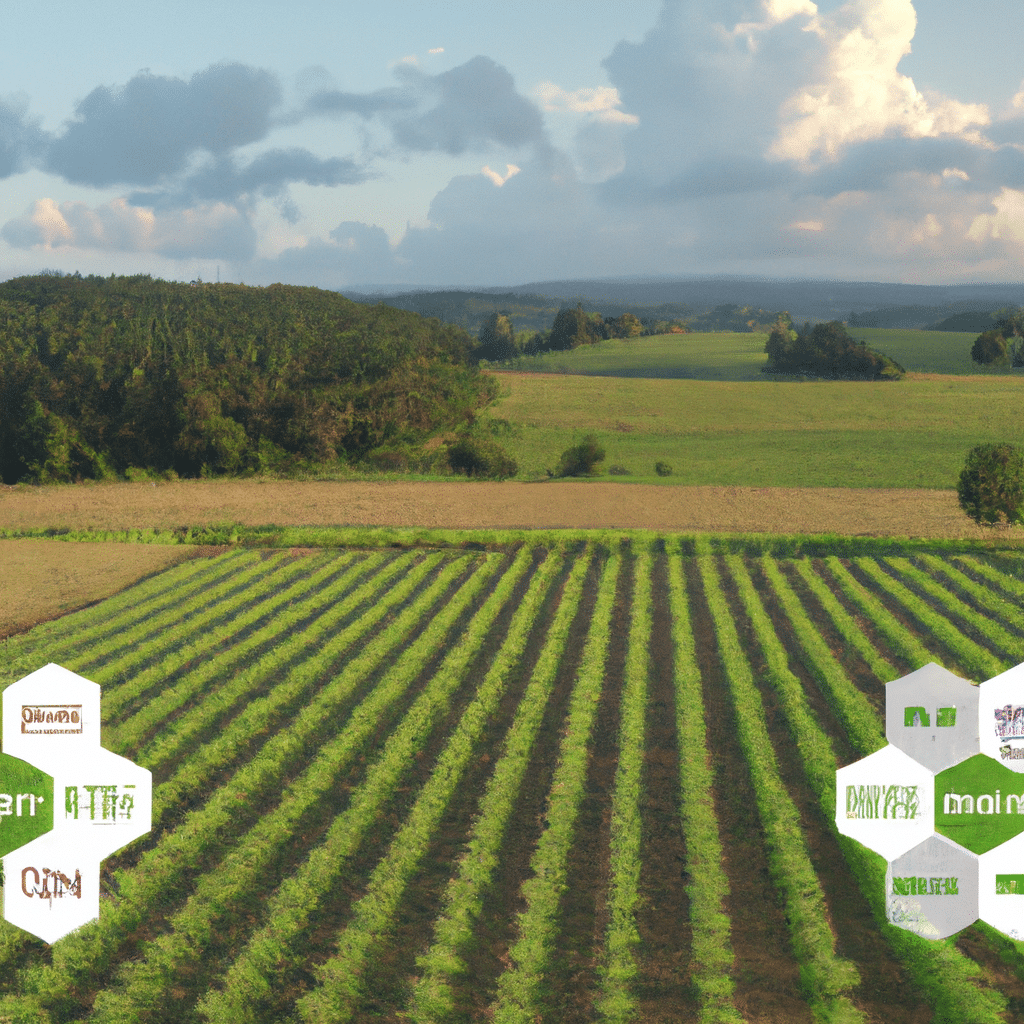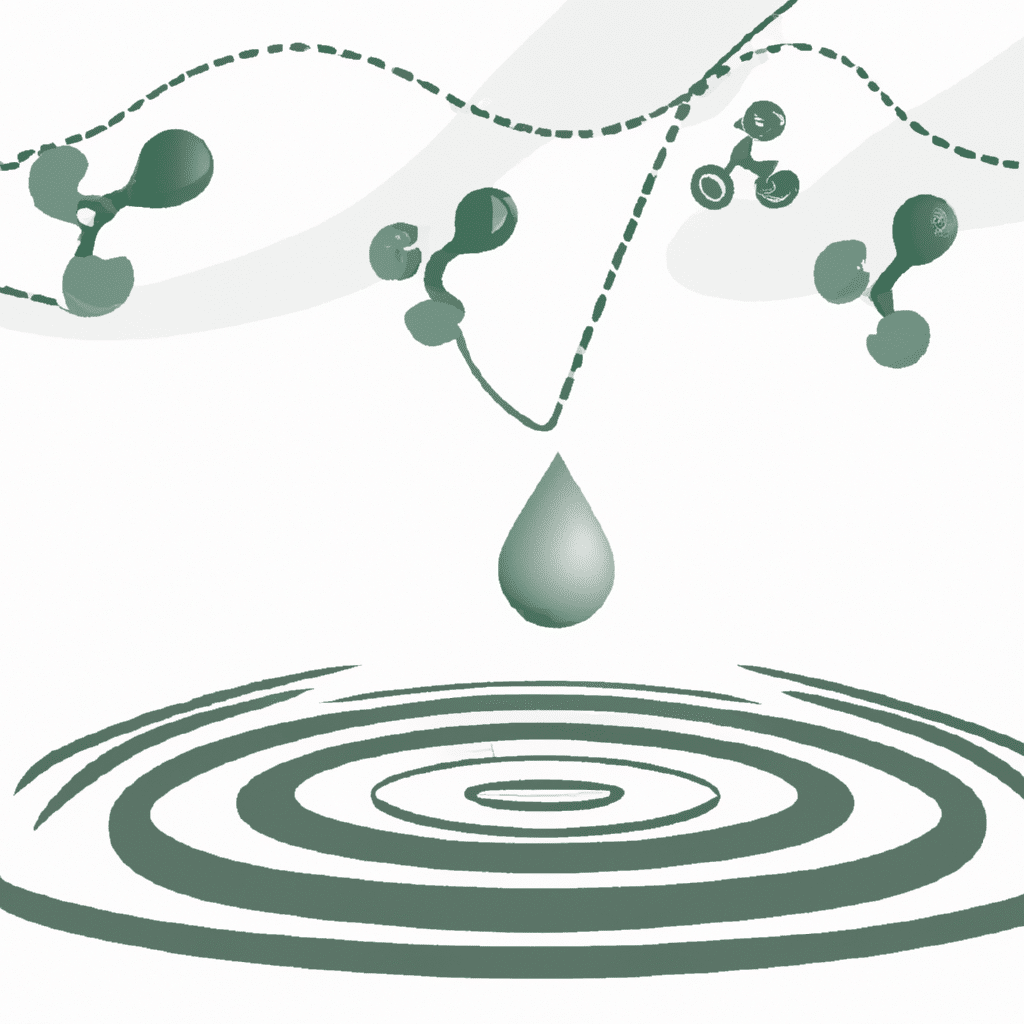In today’s interconnected global economy, the price of food is influenced by a multitude of factors. One crucial aspect that often goes unnoticed is the impact of agricultural regulations. These regulations, implemented by governments to ensure safety and sustainability in the food industry, can significantly affect the cost of our favorite foods. In this article, we unravel the hidden costs associated with agricultural regulations and explore their implications on the prices we pay at the grocery store.
Understanding Agricultural Regulations
Agricultural regulations encompass a wide range of rules and standards that govern various aspects of food production, distribution, and consumption. They are put in place to safeguard public health, protect the environment, and maintain fair trade practices. Examples of agricultural regulations include food safety standards, pesticide usage restrictions, labeling requirements, and import/export regulations.
The Impact of Food Safety Standards
Food safety is a paramount concern for regulatory bodies worldwide. Stringent food safety standards ensure that the food we consume is free from contaminants and poses no risk to our health. However, meeting these standards often entails additional costs for farmers and food producers.
To comply with food safety regulations, farmers may need to invest in specialized equipment, implement enhanced sanitation practices, and undergo regular inspections. These measures, while essential for consumer protection, can increase production costs. Ultimately, these costs are passed on to consumers through higher food prices.
Pesticide Usage Restrictions and Environmental Impact
Agricultural regulations also address the use of pesticides to protect both consumers and the environment from potential harm. Restrictions on pesticide usage aim to minimize the presence of chemical residues in food and reduce the negative impact on ecosystems.
However, adopting alternative pest control methods or using lower-risk pesticides can be more expensive for farmers. Organic farming practices, for example, require additional labor and resources, resulting in higher production costs. As a result, organic products often come with a premium price tag.
Labeling Requirements and Consumer Transparency
Clear and accurate labeling is another aspect of agricultural regulations that affects food prices. Labeling requirements ensure that consumers have access to essential information about the food they purchase, such as nutritional content, allergen warnings, and country of origin.
While these regulations empower consumers to make informed choices, they can also increase production costs. Food producers need to invest in labeling design, testing, and compliance to meet the regulatory standards. These additional expenses are eventually reflected in the prices consumers pay.
Import/Export Regulations and Market Dynamics
Agricultural regulations also extend to international trade, governing the import and export of food products. These regulations aim to protect domestic industries, ensure fair trade practices, and prevent the spread of pests or diseases across borders.
However, import/export regulations can introduce complexities and restrictions that impact food prices. Tariffs, quotas, and sanitary requirements can increase the cost of imported goods, making them more expensive for consumers. Similarly, export regulations can limit market access for domestic producers, potentially leading to higher prices due to reduced competition.
The Ripple Effect on Food Prices
The hidden costs associated with agricultural regulations have a ripple effect throughout the entire food supply chain. From farmers to processors, distributors to retailers, each stage incurs additional expenses due to compliance with these regulations. Ultimately, these costs are passed on to consumers, resulting in higher prices for our favorite foods.
Impact on Small-Scale Farmers
Small-scale farmers, in particular, bear a significant burden due to agricultural regulations. Compliance costs can disproportionately affect their operations, making it challenging to compete with larger, more financially robust agricultural enterprises. As a result, small-scale farmers may struggle to stay in business or be forced to increase their prices to cover the additional expenses.
Food Affordability and Consumer Choices
The hidden costs resulting from agricultural regulations can limit the affordability of certain foods, impacting consumers’ choices. When prices rise, individuals and families with limited budgets may be forced to opt for cheaper, potentially less nutritious alternatives. This can have long-term consequences on public health and food security.
Conclusion
Agricultural regulations play a vital role in safeguarding our food supply, ensuring safety, sustainability, and consumer transparency. However, it is crucial to acknowledge the hidden costs associated with these regulations. The additional expenses incurred by farmers, food producers, and the entire supply chain ultimately translate into higher prices for consumers. By understanding the impact of agricultural regulations on food prices, we can make more informed choices and advocate for policies that strike a balance between safety and affordability.
Remember, the next time you reach for your favorite foods, there is more to their price than meets the eye.















